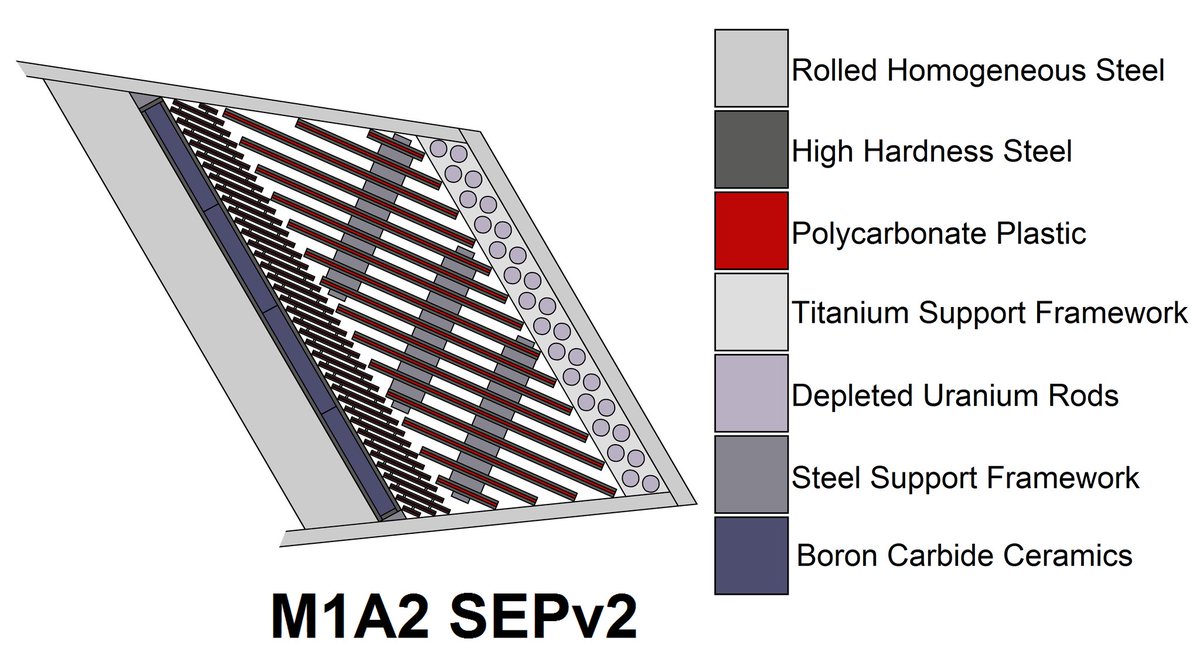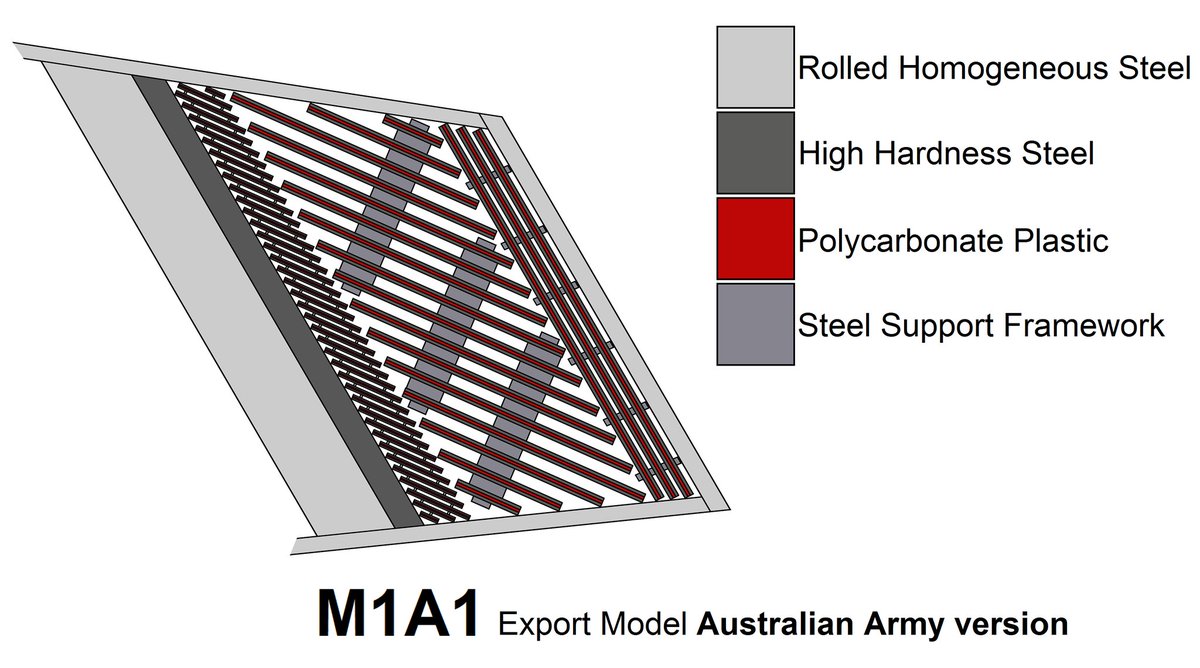It was actually much easier to conduct transmission maintenance and repair on the Panther and Tiger II when compared to the Tiger I.
This is because removing the transmission on the Panther and Tiger II did not require the removal of the turret.
This is because removing the transmission on the Panther and Tiger II did not require the removal of the turret.

These tanks had a maintenance hatch above the crew compartment in the hull which can be opened to give access to the transmission.
Afterwards you just need to remove the radio equipment and then you could pull the transmission out of the tank with the help of a crane truck.
Afterwards you just need to remove the radio equipment and then you could pull the transmission out of the tank with the help of a crane truck.

On the Tiger I heavy tank, the only way to take out the transmission was through the turret ring which is obviously only possible after you remove the turret from the hull. 

The reason this is a problem is because the turret of the Tiger I weights 11 tons and lifting it off the hull for is mainly done using 16-ton capacity Strabokran gantry cranes. 

There is a photo of a Tiger I turret being lifted up by a half-track and a truck equipped with 6-ton Bilstein cranes working together but this was probably very risky and was only done when a gantry crane wasn't available. 

• • •
Missing some Tweet in this thread? You can try to
force a refresh















































